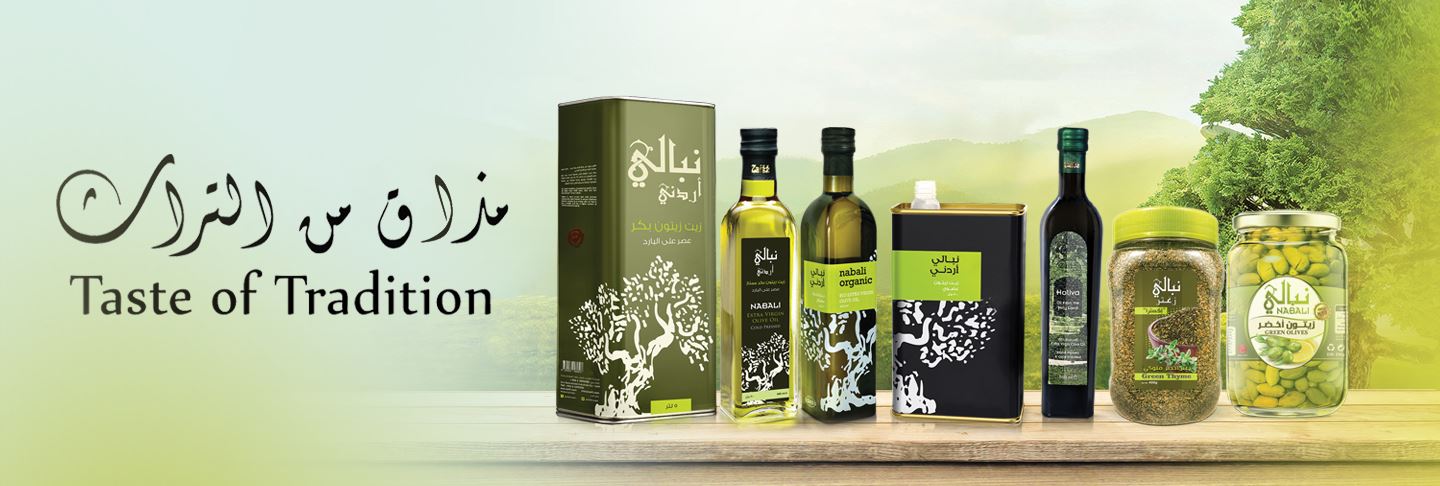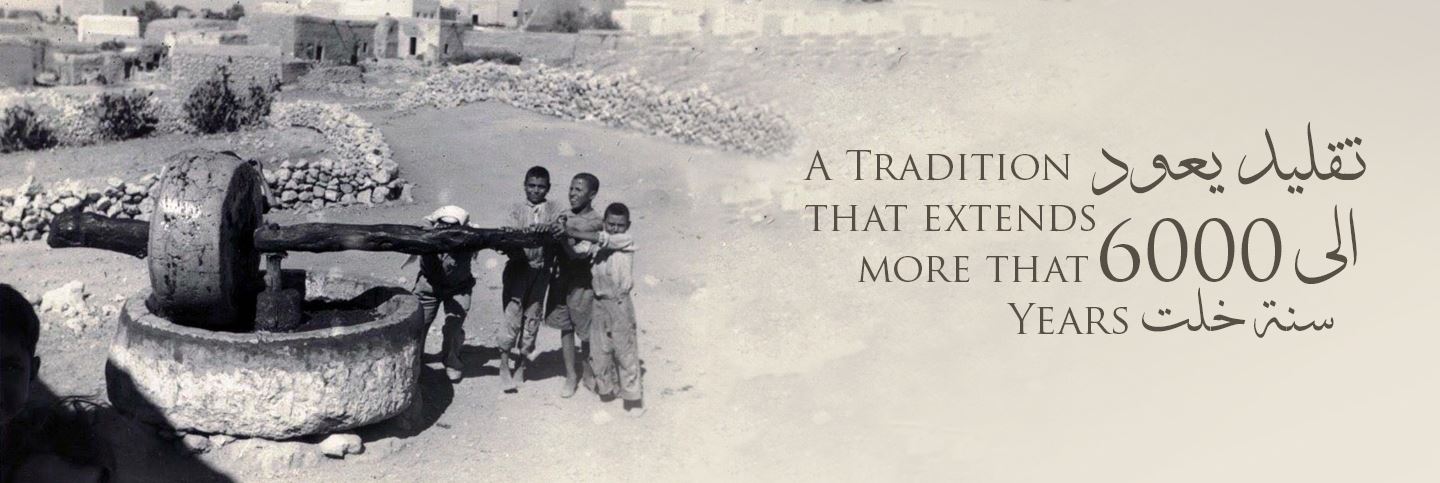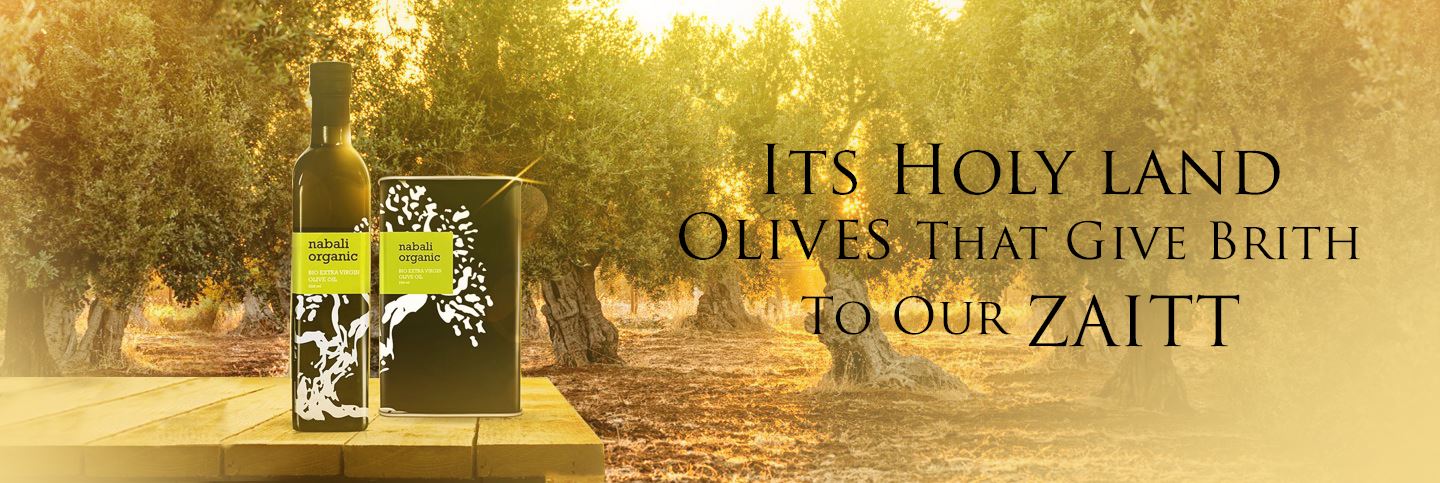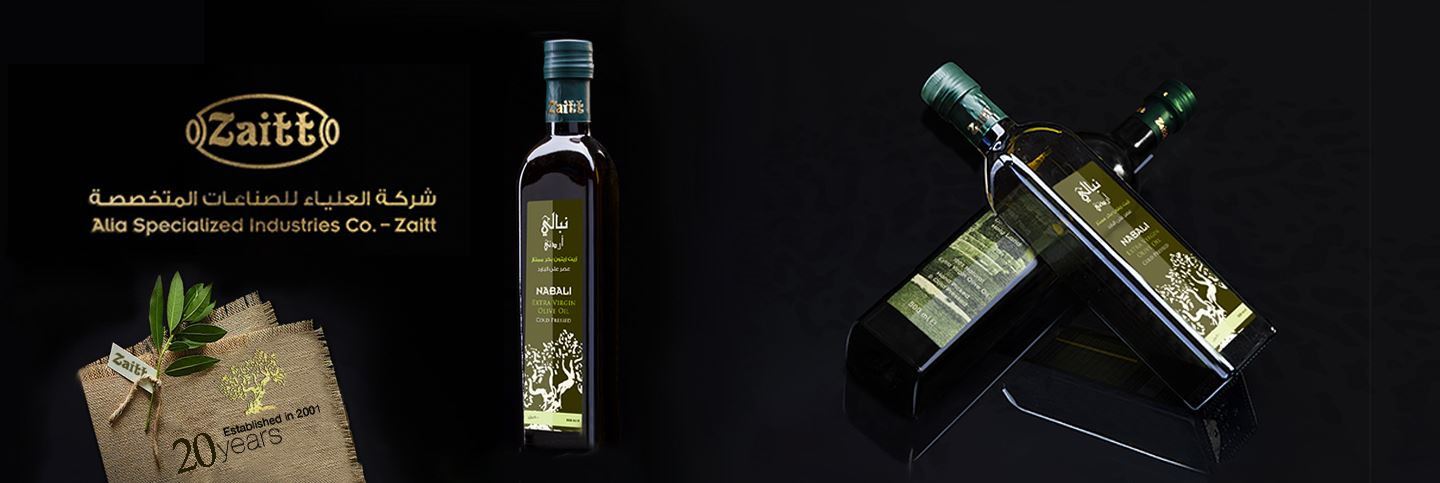About Zaitt
Jordan and Olive Tree
"The earliest evidence for the domestication of olives comes from the Chalcolithic Period archeological site of Teleilat Ghassul in what is today modern Jordan" Wikipedia.com
Located in the heart of the "Cradle of Civilization", Jordan was once part of the Ancient Fertile Crescent, an area known to the world as rich in its soil and one that played an essential role in the distribution of Flora and Fauna as we now know it today. Jordan is in a part of the world where agriculture first originated. It was the around the western zone of the Jordan and Euphrates rivers that provided the first known settlements for Neolithic Farming that date as far back as 9000 BCE.
It is that same soil with its rich history that also gives root to the olive tree and its cultivation that spans back to 6000BCE later spreading across the Mediterranean Basin.
The olive tree was cultivated by dwellers in the region where many historians believe that the tree originated in Amman (Biblically Rabbath Ammon). The olive tree also happens to be one of the most important cultivated fruit trees in Jordan. It is an essential part of the culture that has provided it with its own share of the ceremony. In the early days of the Hashemite Kingdom of Jordan olive harvesting season was not just a time of year, it was regarded as an essential milestone for farmers, families, and local cuisine. Families came together to spend days together picking olives and rejoicing. Two main local food items were cooked in abundance during that time: Maftoul and Musakhan. So it was not only the pressing that indicated the season, it was social, cultural and traditional factors that also were marked at that time and revolved around the olive tree, the olive, and the oil.
Jordan enjoying a good climate and rich agricultural soil meant that its oil by default was of acceptable quality. Moving to cold pressing made sure that this quality was emphasized, maintained and brought to the market. Jordanian olive oil also enjoys lower fat content 9-10% compared to that found in international olive oil 12-16%.
Jordan has two main olive producing regions; western mountain ranges (north to south) and northeastern desert regions. Olives grown in Jordan are mainly one of 3:
Nabali – One of the oldest olive cultivars in the Middle East originated on the banks of the River Jordan. It is also the predominant type of olive found in Jordan used as table olives and for oil. Its subcategory is Nabali Muhasan, both types of olives are strong and take root easily. The olives are usually plump with a soft texture and have an oil content of 28-33%.
Raise Olives – This is an improved cultivar of Nabali used mainly for oil. Oil content ranges between 15-28% and is known for its mixture of sweet and pungent flavors with a hint of apple.
Souri Olives - this type is mainly used for oil production and can be cultivated in arid areas and shallow soil. The oil produced is aromatic with an acidic bite to the throat upon consumption.





